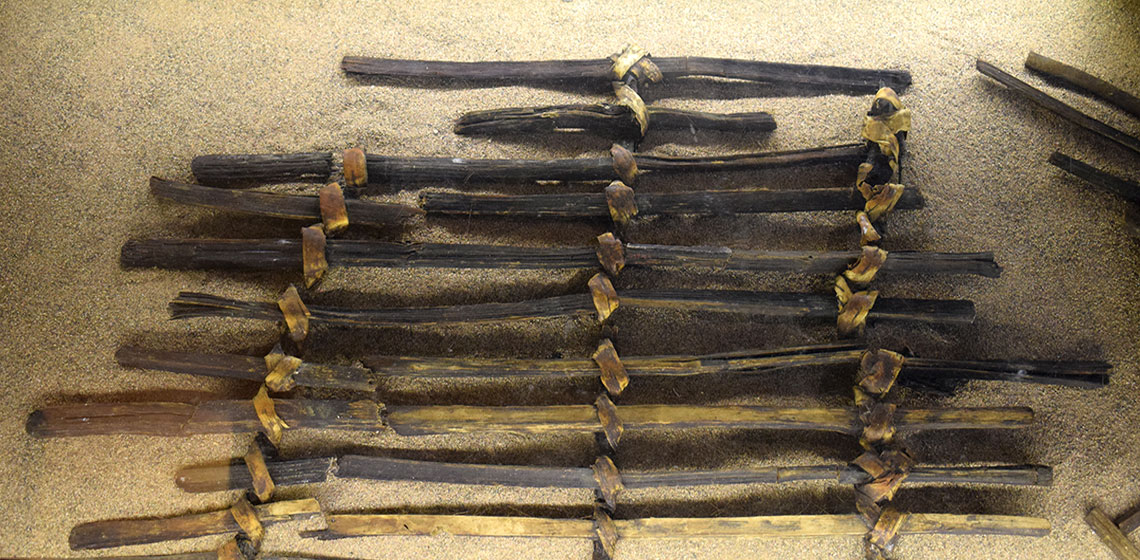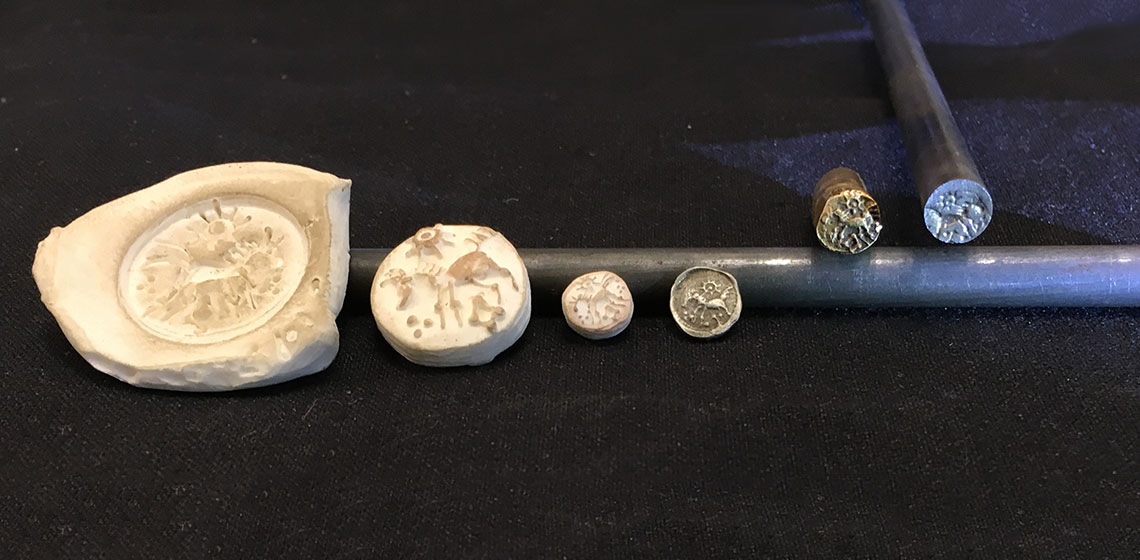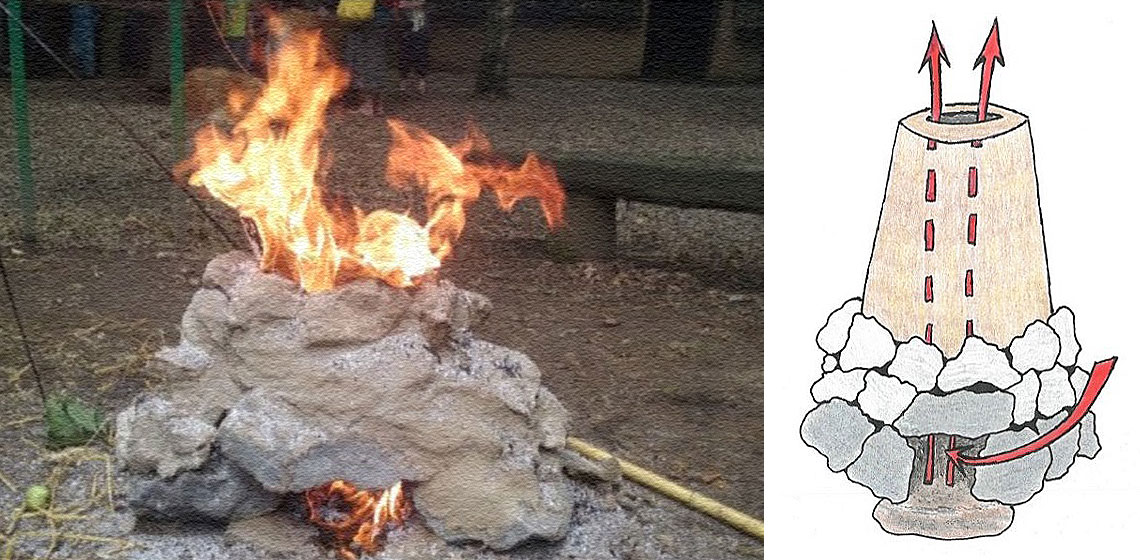Wilfrid Laurier University (CA)
Laurier traces its roots to the opening of the Evangelical Lutheran Seminary in Waterloo more than 100 years ago in 1911. We’ve gone through several changes since then, and in 1973 our name changed from Waterloo Lutheran University to Wilfrid Laurier University. A Laurier education is about building the whole person: mind, body, and spirit. We believe that your university career must lead to more than just a job to be considered a success; Laurier creates engaged and aware citizens in a culture that inspires lives of leadership and purpose.
Archaeology at WLU
Our Archaeology and Heritage Studies program explores areas of faculty research expertise in the archaeology of the New World and the Ancient Mediterranean World. The program focuses on the cultures of North America, in both the pre-contact and post-contact periods after the arrival of Europeans, and the ancient societies of Greece, Rome and the Near East.









